The Zoia Panettone Challenge
- Recipe from “Non Solo Zucchero” by Iginio Massari
Iginio Massari a name much revered in the world of Panettone yet his mentor, Achille Zoia is lesser known, but to his credit a speciality flour formulated to accommodate Zoia’s technological liking bears his name… “Panettone Z” produced by Molino Dallagiovanna is the flour of choice being favoured by many maestri for its excellent extensibility.
Publications “Cresci” and “Non Solo Zucchero” authored by Massari both feature recipes from Zoia and these stand out with respect to their formulation and presentation, typically not including any flour in the second mix, favouring high levels of sugar while utilising minimal egg content and ultimately preferring basso forms. This bold approach in omitting additional flour in the final mix appears unique with respect to the typical formulations and presents a considerable challenge to the amateur…
Where a challenge presents itself, there is this baker full of zeal! I tackled his Paradise Panettone many years ago and at that time it took several attempts and felt very difficult to achieve success, often falling from the mould, but with repetition I would find salvation.
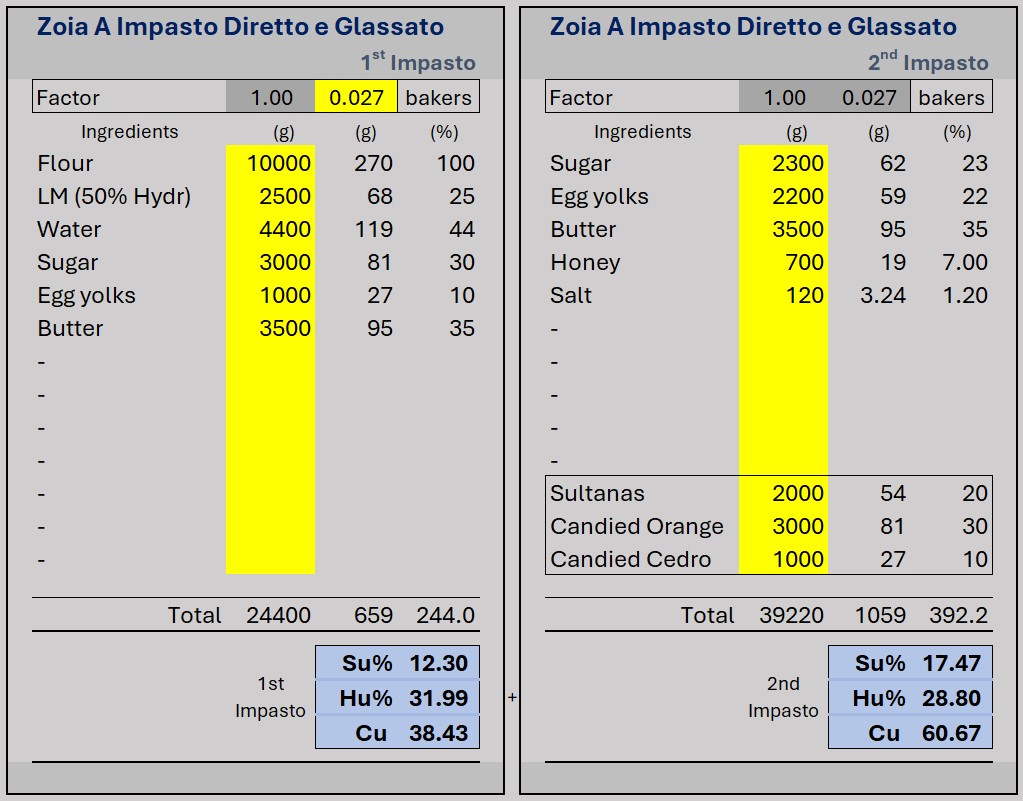
*Honey was infused with flavourings; candied orange paste, orange zest and vanilla extract.
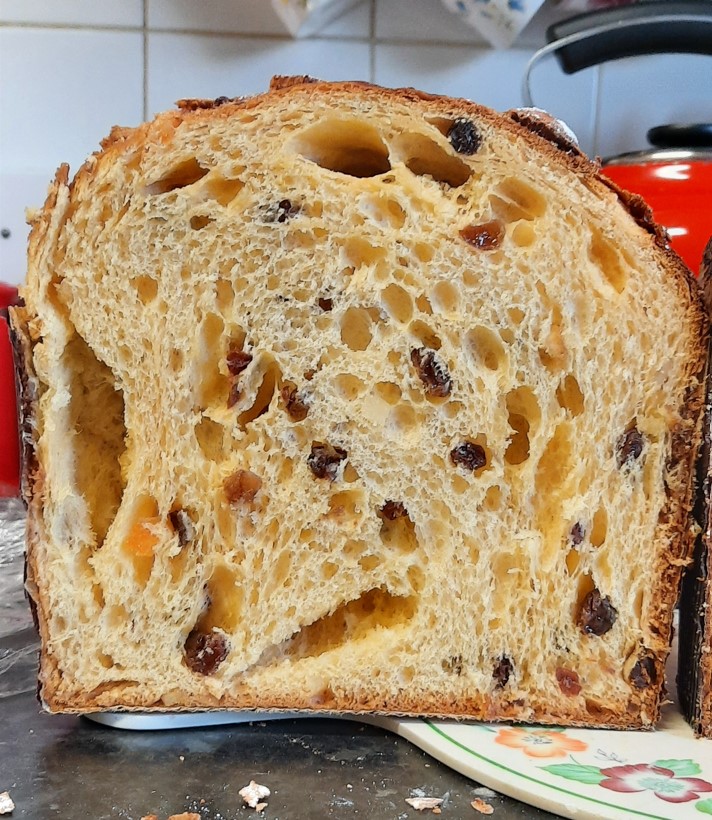
Crumb: Some minor defects but otherwise showing good alveolation. It might not look it, but tearing into it, the texture is feathery bread shred. A clean cut no crumbles.
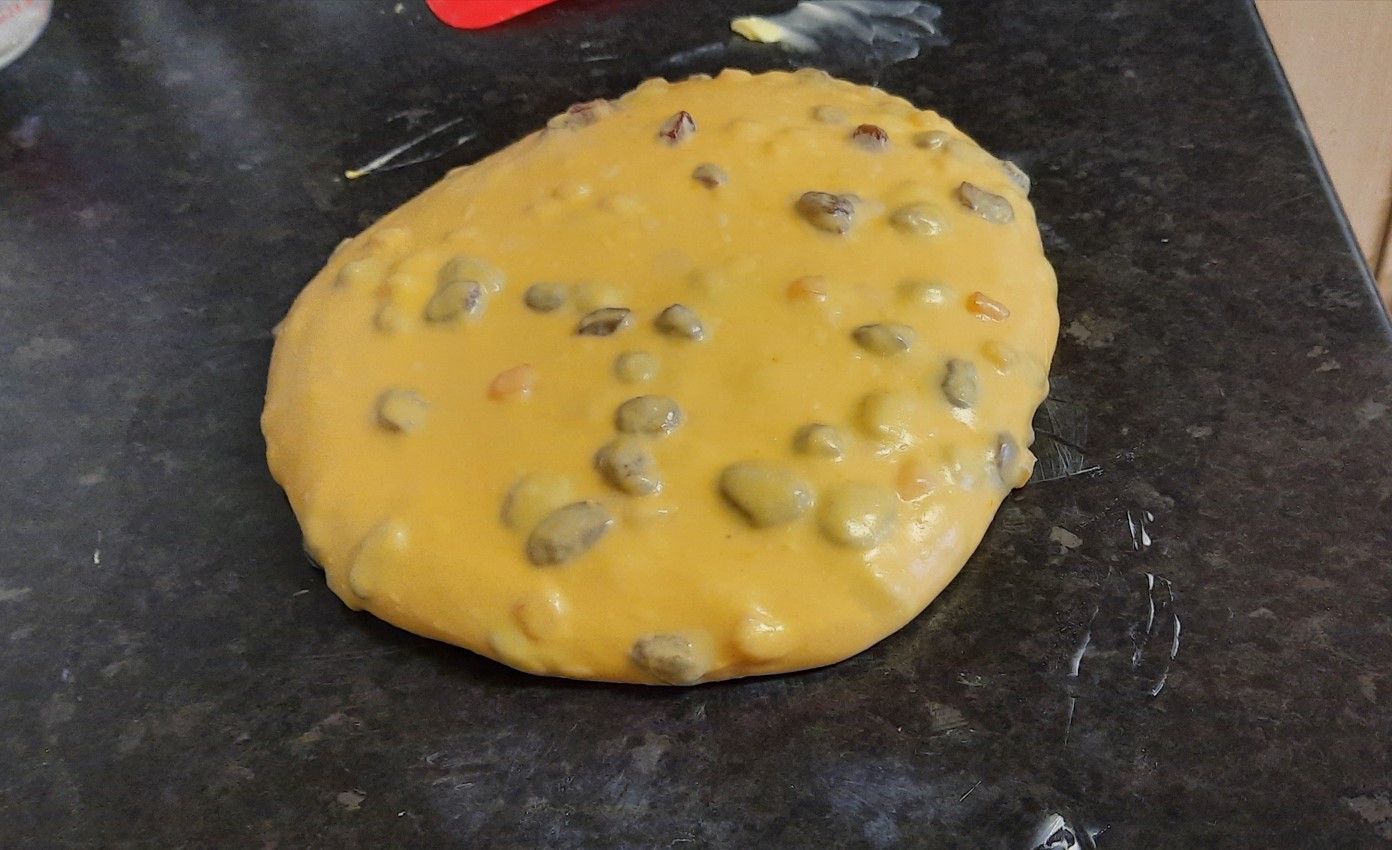
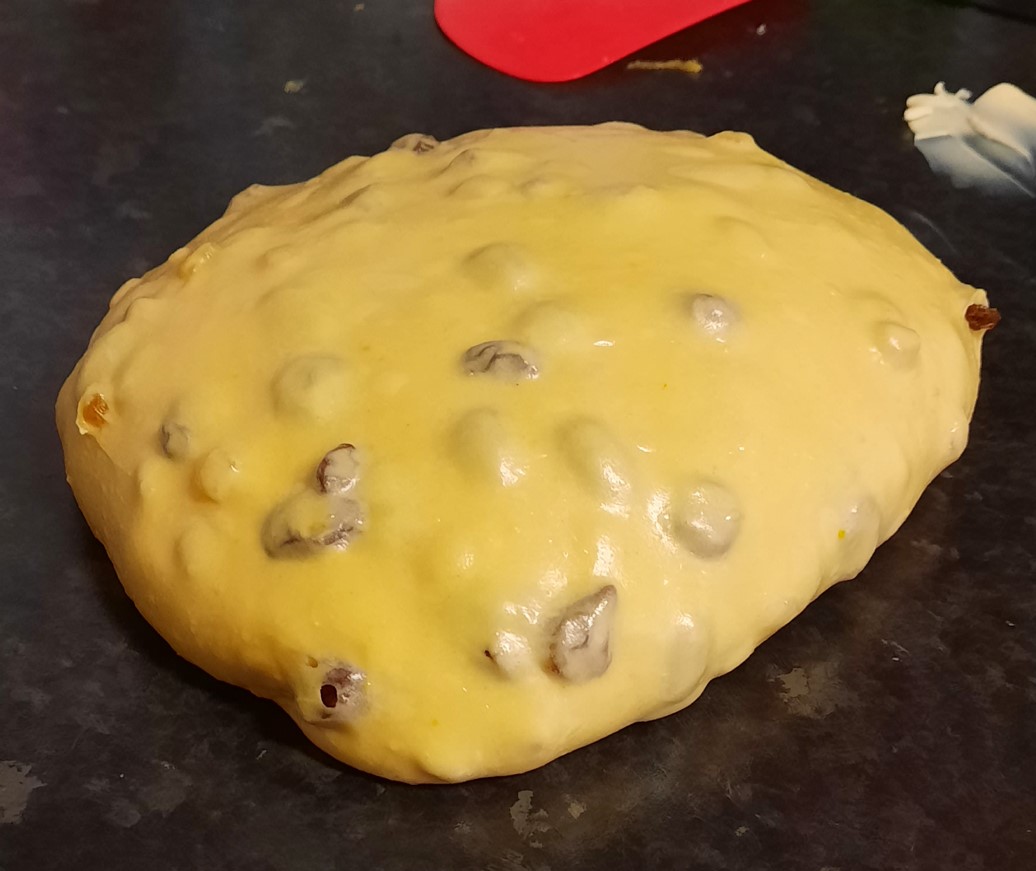
The dough received 3 sets of pre-shape rounds / stretch & folds while resting on the counter in what is technically a bulk fermentation period prior to placing in the mould. After about 90 minutes, enough strength was achieved to diminish spreading and encourage it to rise upwards with vigour.
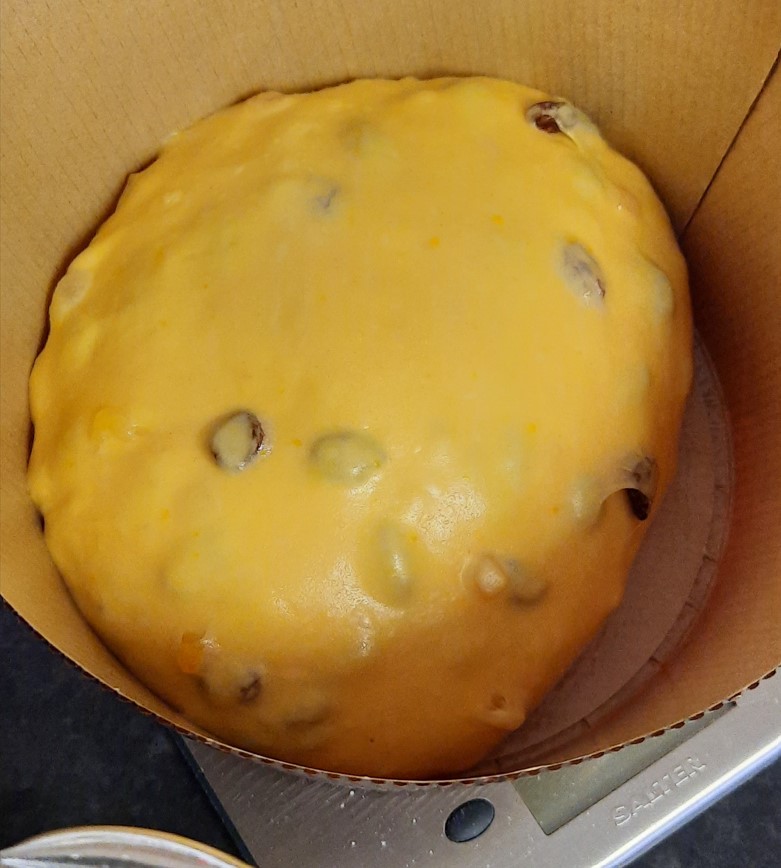
Experience with this formula demonstrates it makes for a weaker final dough, since all the flour is fermented in the primo impasto. This leads to a less oomph in the final rise, losing its strength as it reaches the high heights when using the alto forms. This weakness shows itself as large bubbles that begin to emerge at the surface.
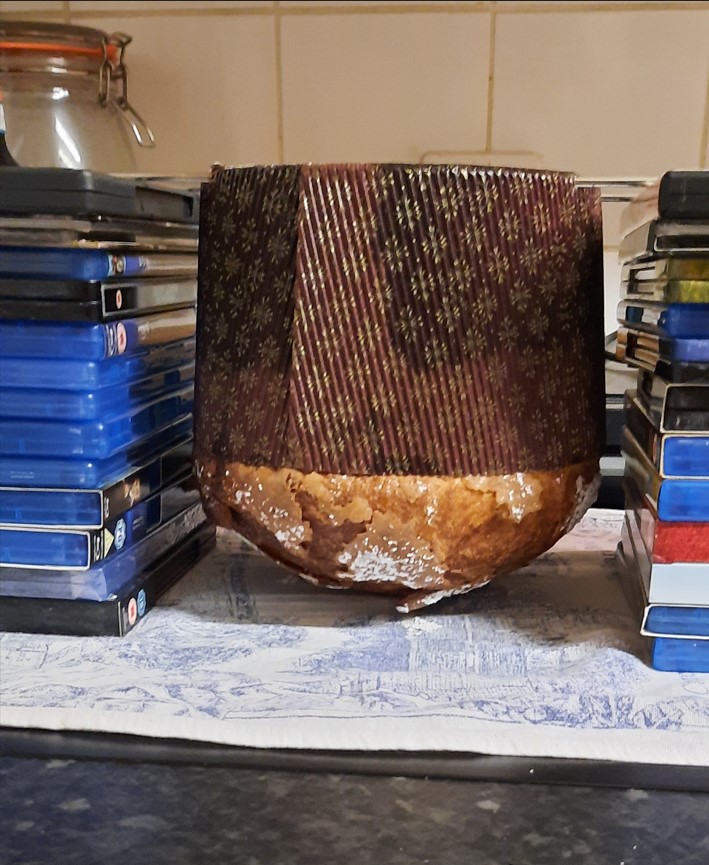
----
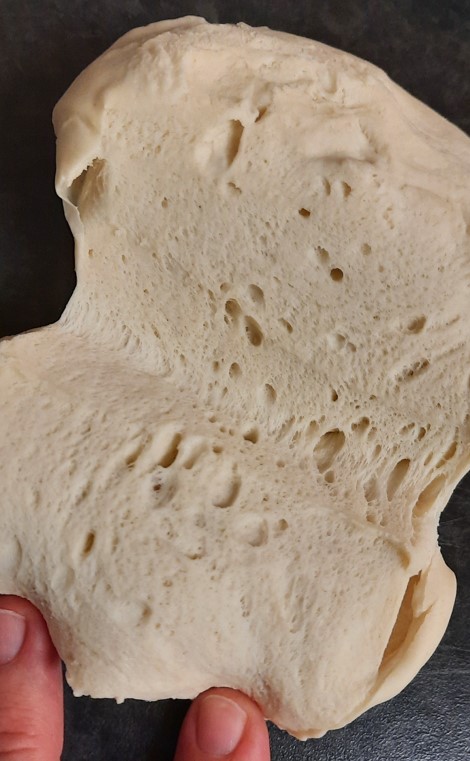
50% hydration refreshed mother leaven (lievito madre rinfresco).

Preparing the mother for the overnight rest in water.
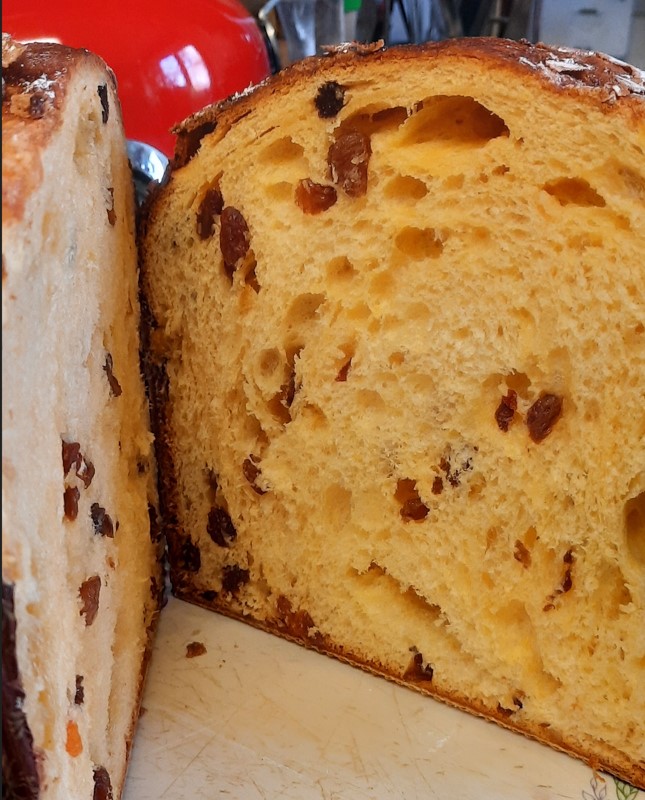
Even with a pH too low, this bake ticked all the boxes, delicately light, soft, rich, and sweet but also full of flavour and rounded off by a sense of nourishing satiety.
To all the panettone bakers out there, I present to you the Zoia Panettone Challenge…